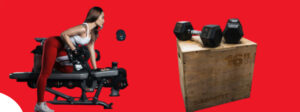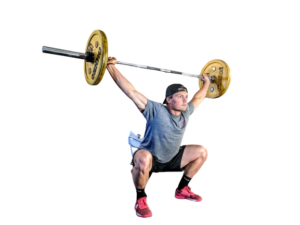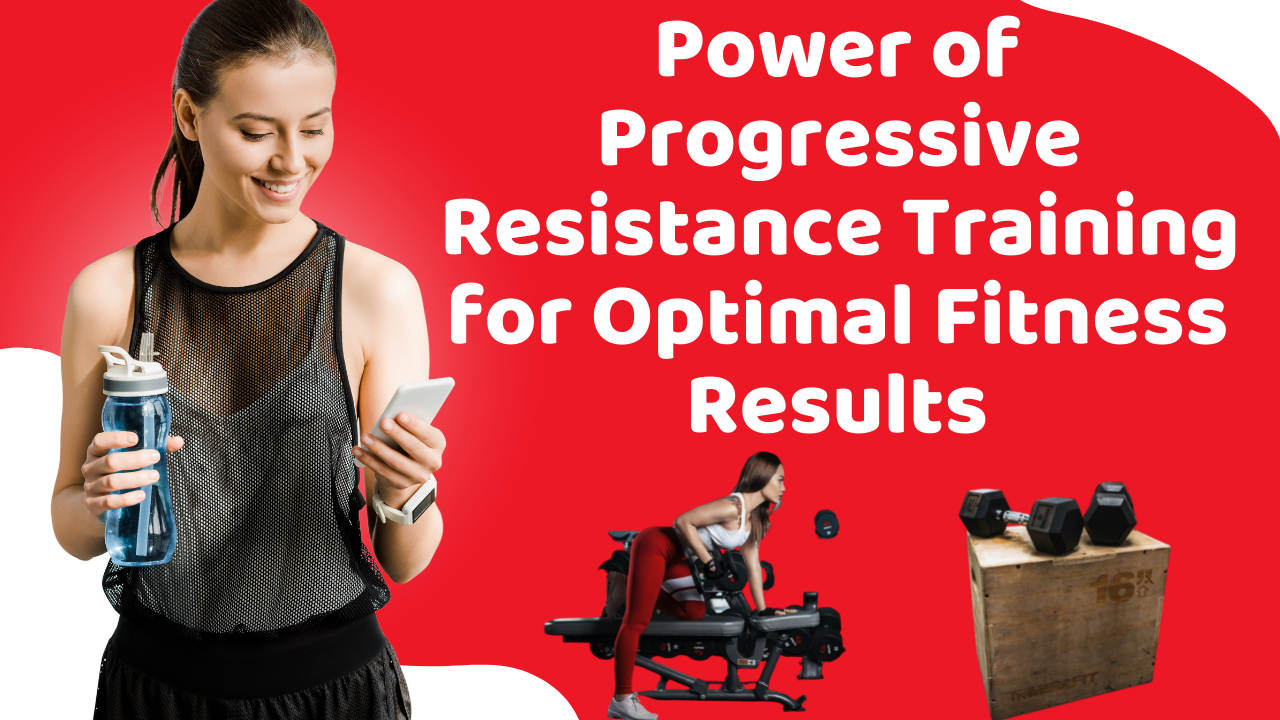What is pr in gym write a full blt comes to achieving fitness goals and building strength, it’s essential to have an effective workout strategy. One popular and highly effective training methodology is Progressive Resistance Training (PR). Whether you’re new to the gym or a seasoned fitness enthusiast, understanding what PR is and how it works can take your workouts to the next level. In this comprehensive blog post, we’ll explore the concept of PR, its benefits, and how to incorporate it into your gym routine for optimal results.
What is PR in Gym?
Progressive Resistance Training, commonly known as PR, is a systematic approach to strength training that involves gradually increasing the resistance or load placed on your muscles over time. The fundamental principle behind PR is to challenge your muscles to adapt and grow stronger by progressively increasing the difficulty of the exercises you perform.

The key components of PR in the gym include:
Resistance: The resistance can be in the form of free weights, machines, resistance bands, or even bodyweight exercises. It’s the force that your muscles need to overcome during the workout.
Progression: Progression refers to the gradual increase in the resistance or intensity of your exercises. As your muscles become accustomed to a certain level of resistance, you incrementally increase the load to keep pushing your limits.

Adaptation: With each increase in resistance, your muscles adapt by becoming stronger and more efficient. This adaptation process leads to muscle growth, improved strength, and enhanced overall fitness.
The Benefits of PR in Gym:
Muscle Growth: PR is one of the most effective methods for stimulating muscle hypertrophy, or muscle growth. By challenging your muscles with progressively heavier weights, you create micro-tears in the muscle fibers, which repair and grow during the recovery process.
Strength Development: As your muscles adapt to increasing resistance, you’ll experience significant improvements in strength. This is especially beneficial for athletes and individuals aiming to enhance their performance in various sports and physical activities.
Fat Loss and Metabolism Boost: PR workouts can increase your metabolic rate, promoting fat loss and improving body composition. As you build more lean muscle mass, your body burns more calories even at rest.
Bone Health: Weight-bearing PR exercises have a positive impact on bone health by increasing bone density, reducing the risk of osteoporosis and fractures.
Enhanced Functional Fitness: PR workouts improve your overall functional fitness, making everyday tasks easier and reducing the risk of injuries.
Incorporating PR into Your Gym Routine:
Begin with a Warm-up: Always start your PR workout with a proper warm-up to increase blood flow to your muscles and reduce the risk of injury.
Focus on Proper Form: Maintaining correct form during exercises is crucial to prevent injuries and ensure maximum effectiveness.
Start at Your Level: If you’re new to PR, begin with a weight that challenges you but allows you to complete the desired number of repetitions with good form.
Gradually Increase Resistance: As you feel more comfortable with a particular weight, gradually add more resistance to continue challenging your muscles.
Monitor Progress: Keep track of your workouts, recording the weight, sets, and repetitions performed. Tracking your progress helps you stay motivated and set new goals.
Conclusion:
Progressive Resistance Training (PR) is a powerful and adaptable training method that can help you achieve your fitness goals and enhance your overall well-being. By consistently challenging your muscles with increased resistance, you’ll experience muscle growth, improved strength, and numerous other health benefits. Remember to start with proper form, progress at a pace that suits your fitness level, and always listen to your body. Embrace the concept of PR in the gym, and you’ll witness significant improvements in your fitness journey. Happy lifting!


